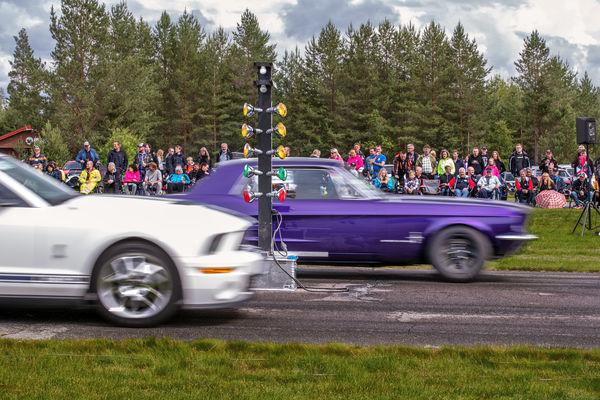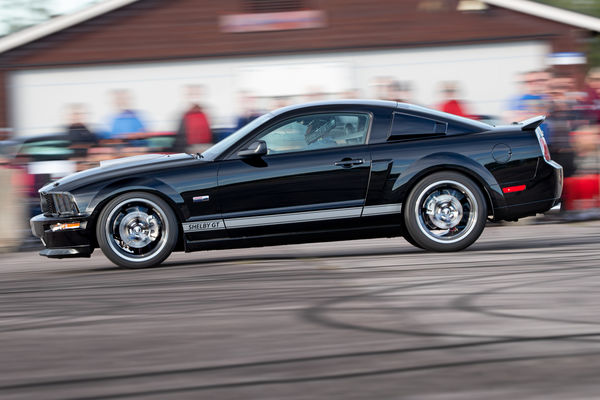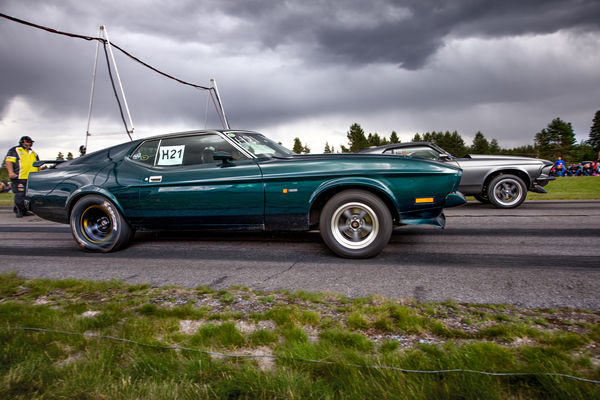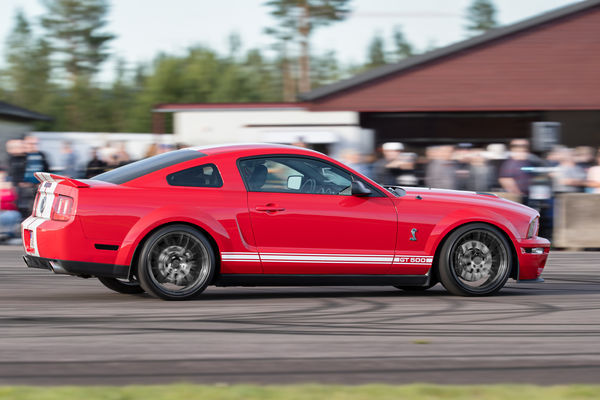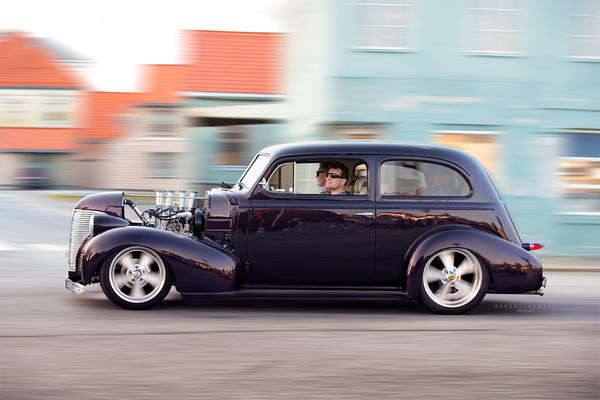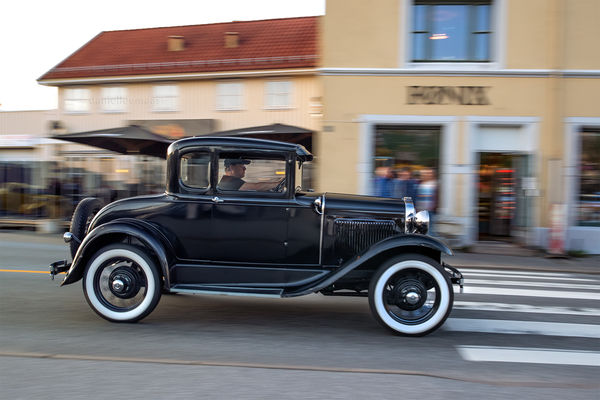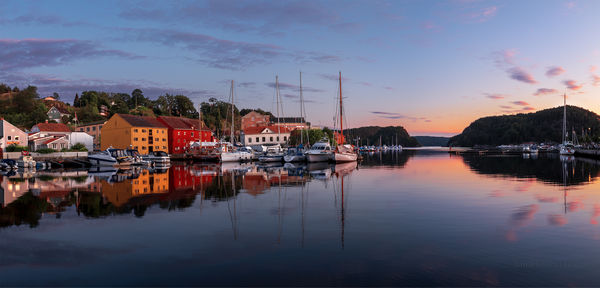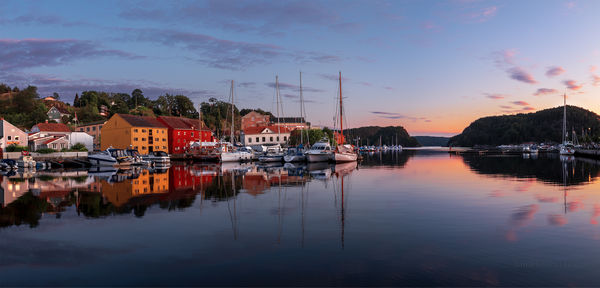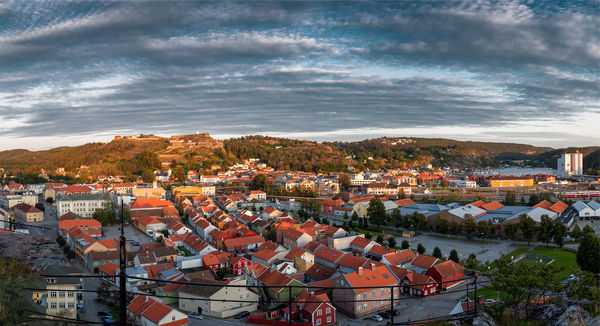Posts for: catchlight..
Sep 13, 2019 06:15:56 #
TriX wrote:
Are all the files/images on each drive in a single flat directory/folder, or are there multiple folders/layers on each drive?
Use two computers, perhaps a laptop and a PC or two laptops...
Or open one file from one hard drive and minimize it then do the same with the second hard drive.Move them side by side and compare.
Sep 13, 2019 06:11:20 #
Linda From Maine wrote:
You will probably want at least 1/250 sec shutter ... (show quote)
Perhaps 100 or 125.
It's not moving that fast, but for sure 250 will ensure sharpness. Everything is a give and take for exposure.
https://www.lightstalking.com/how-to-photograph-the-moon/
Sep 12, 2019 20:16:12 #
Here are a variety
there is no magic and you don't have to be a scientist. Anything below 200th sec will get results with long lenses, and short lenses will require 30th- 40th of a second. The only thing you really need to be is steady and start shooting.
Reduce the shutter speed until your subject starts to blur. If you nail it the vehicle will be nice and sharp with good wheel spin and background blur.
An IS lens to get the best shots but not nessesary. I get a lot with my Fuji X100f and if im at a track it's usually a Canon 1dx MkII and a 200mm f/2.0 L IS or the 70-200 f 2.8 L IS.
there is no magic and you don't have to be a scientist. Anything below 200th sec will get results with long lenses, and short lenses will require 30th- 40th of a second. The only thing you really need to be is steady and start shooting.
Reduce the shutter speed until your subject starts to blur. If you nail it the vehicle will be nice and sharp with good wheel spin and background blur.
An IS lens to get the best shots but not nessesary. I get a lot with my Fuji X100f and if im at a track it's usually a Canon 1dx MkII and a 200mm f/2.0 L IS or the 70-200 f 2.8 L IS.
Sep 12, 2019 11:37:59 #
larrylas wrote:
First thanks for ideas The shots are staged speed ... (show quote)
50 is best at about 20 to 30 feet from the cars. 300 is a bit long but will work if you have room. for an average track 200mm is better for me.
Use shutter priority and set up at 200th of a second and work down. Eventually you will dip below 100th sec with a 200mm.
Same with the 300 but you have to be steady and smooth. The trick is to track as smooth as you can as if you were dear hunting. You need an IS lens and then just experiment.
If you loose light then use auto iso. You can also adjust iso manually as conditions change.
Wheel spin will begin at 200th sec and everything gets amplified as you learn to be smooth and slow down the shutter speed.
Sep 12, 2019 08:09:27 #
larrylas wrote:
Problem: would like to take two pictures of a motorcycle, One with background blurred the other with motorcycle blurred. SETTING day, cloudy and clear. Got ideas on starting ASA, Shutter speed and aperture?
Depends on the lens mostly, so speed of the subject will have little effect.
Typically the closer you are with ether wide or telephoto... the more motion blur will be happen... furthe away will reduce the effect.
Stationary blur on a tripod will be down to 30 sec no mater the lens.
70-200 IS lens would be 50-70th sec at 70mm. 200mm 90 to 125th sec.
50mm, 30th sec. Both cases you have to be steady and smooth horizontally and pace exactly on the subject with servo focus.
Those base settings will get you good wheel spin also...
Use Shutter priority. If the sun is going down rapidly go to auto iso.
Sep 11, 2019 15:21:45 #
Jbrustrom wrote:
Only one other member suggested this: a panorama.... (show quote)
Great looking pano, and the detail is superb!
Myself I found overlapping 25% is about right, less will work, more will not. I cant imagine anyone into landscape relying on a single shot after seeing the results pixel peeping when editing.
For everyone else... experiment with compression to super-wide... but try portrait orientation and understand the nodal point for landscape. you can more than double the pixel area in minutes.
Not a big deal for the internet, but if you print it is a great option to surpass even medium to full format with a 24mpx camera...
https://www.panoramic-photo-guide.com/finding-the-nodal-point.html
Sep 11, 2019 06:18:00 #
Sep 11, 2019 06:11:12 #
I have one I use that was purchased in 1980... Wowza
B&H caries multiple sizes and star points. Easy to find on the internet.
B&H caries multiple sizes and star points. Easy to find on the internet.
Sep 11, 2019 05:57:37 #
augieg27 wrote:
What would be your suggestions for lenses for landscape photography.
I'm in budget so I can't afford the top of the line lenses.
Thank you.
I'm in budget so I can't afford the top of the line lenses.
Thank you.
Any lens will do, but for landscape look into panorama. I am posting this shot to show what 24mpx can be when transformed into approximately 275 mpx total area. the detail when comparing a single shot to the pano mix is dramatic as an added bonus. Pixel sharpness and dynamics improve.
... each shot will add about 25% to the pixel total when combined. This is 23mm (50 crop equivalent ) from a Fuji X100f. This took just a few minutes to shoot and aproximately 10 minutes to edit.
I'm going to try the my canons bodies with telephoto's next.
Wanted to share the idea... and was not meant to toot my horn

Sep 10, 2019 15:03:19 #
AndyH wrote:
I think you may be misreading a bit.
I can't speak for others, but my suggestion was that this was an unrealistic goal for a photojournalist. If you're looking for a shot that emphasizes the form of the car without background, you would need to re-shoot. You can clone stamp your way out of most any distracting background, but it simply isn't worth the effort in this field (or many others).
And I stand by that "advise" [sic].
Andy
I can't speak for others, but my suggestion was that this was an unrealistic goal for a photojournalist. If you're looking for a shot that emphasizes the form of the car without background, you would need to re-shoot. You can clone stamp your way out of most any distracting background, but it simply isn't worth the effort in this field (or many others).
And I stand by that "advise" [sic].
Andy
Absolutely agree and that was part my point.

Sep 10, 2019 14:55:25 #
Linda From Maine wrote:
The OP wrote, i "So my question is what, if ... (show quote)
If you going to portraiture, then pick a back drop and go shoot.
For an event, stay true to the surroundings. If you need to edit to such a degree, discard the image and move on to another. Choices in apertures are basic.
I sometimes shoot several thousand images at just one event. If you spend more than 10 minutes editing, then you will not be effective. not to say he wants to be a journalist photographer.
The best advice is to work on composure as much as possible and forget things like cloning. Embrace the surroundings and accept that the scene contains many things, including people... that add to the story.
This is not criticism but fake blur back-round should be reserved for cell phones. Aperture will be a choice that could also include a sharp back round that includes detail.
look for a composure solution first and take more shots. Learn to discard bad images and move on.
Don't act like they just got back from Wallgreens and can't wait to see what the kodak did...

Sep 10, 2019 12:00:11 #
It's fun when people who don't make a living at automotive journalism, suggest the strongest opinions.
I know it's meant well, but some of the suggestions are just plain silly... especially cloning and editing for two or more hours on one shot...
Hope the post isn't blown too far into oblivion with poor advise....
I know it's meant well, but some of the suggestions are just plain silly... especially cloning and editing for two or more hours on one shot...
Hope the post isn't blown too far into oblivion with poor advise....
Sep 10, 2019 09:10:10 #
Mister H wrote:
This is a photo I took at the Concours of America ... (show quote)
I am an editor, journalist and automotive photographer for several magazines...
Photoshop is a good choice if you were to attempt to remove the perceived distractions ... but I would not waste my time... always leave things natural.
You don't want to remove the surrounding distractions in a show setting, In fact adding people to the scene will make the image even more interesting. Spend more time composing the existing scene and try several angles. shoot at least a dozen shots at each angle with different aperture settings
If you want to get detail from the shadows or do more , you can edit with a program like Lightroom or Photoshop...
Sep 9, 2019 08:09:45 #
jerryc41 wrote:
Beautiful scenes
Thanks all and Jerry...
I am hard core Canon, but i get a slap in the face occasionally by what is possible with both image quality and perspective of 50mm, and 24 mpx X Fuji sensor.
My assumption was that 50mm would be prohibitive for pano, but I was wrong.
I am glad to have a variety of options, but I could not be happier that with the purchase of a truly versatile camera with a such a low cost.
What a fun camera that is both inspiring, and offers a disconnect from the typical weights of a DLSR.
Sep 9, 2019 06:11:33 #
I was impressed with the 23mm lens (50mm crop) detail of the X100f. I captured these two shots during an evening walk in Halden, Norway last night.
I do personally like the outcome of these two test images and can't wait to go further.
The first is 10,009 x 5179, and the second is 9799 x 5319. Great for printing large images with great detail.
I do personally like the outcome of these two test images and can't wait to go further.
The first is 10,009 x 5179, and the second is 9799 x 5319. Great for printing large images with great detail.
